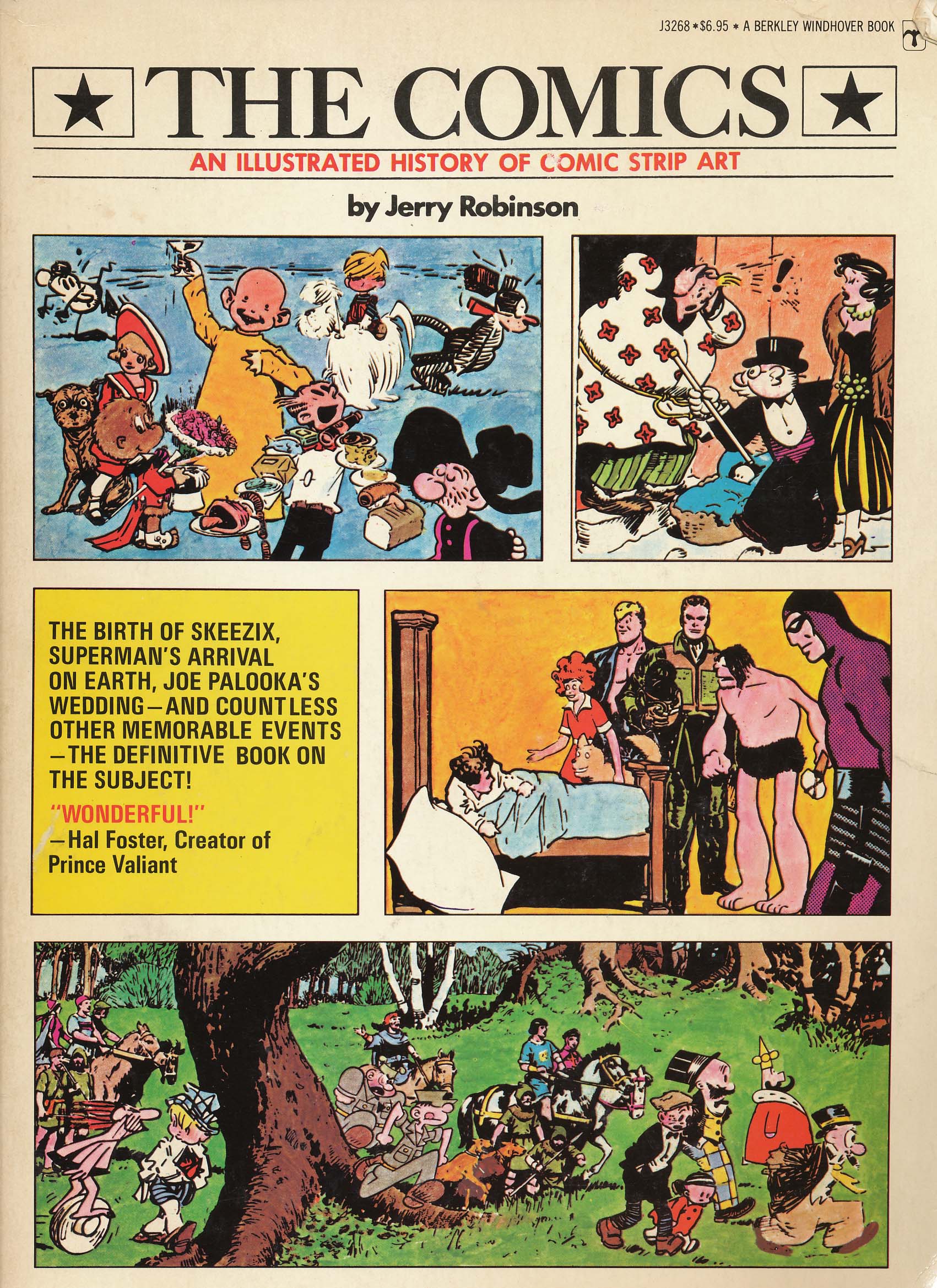
Comic-Style Budgeting Guides: Making Money Management Fun and Accessible
Budgeting. The word alone can evoke feelings of dread, restriction, and complexity for many people. Traditional budgeting methods often involve spreadsheets, complex calculations, and dense financial jargon, which can be overwhelming and intimidating. As a result, many individuals avoid budgeting altogether, leading to financial instability and stress.
However, there’s a growing trend that’s making personal finance more engaging and approachable: comic-style budgeting guides. By combining the power of visual storytelling with practical financial advice, these guides are transforming the way people learn about and manage their money.
Why Comic-Style Budgeting Works
The effectiveness of comic-style budgeting guides lies in their ability to overcome the barriers associated with traditional financial education. Here’s why they resonate with a wider audience:
-
Accessibility: Comics break down complex concepts into bite-sized pieces, making them easier to understand. Visuals such as charts, graphs, and illustrations simplify financial data, allowing readers to grasp key information quickly.
-
Engagement: The use of characters, storylines, and humor makes budgeting more enjoyable and less intimidating. Readers are more likely to pay attention and retain information when they’re entertained.
-
Relatability: Comic-style guides often feature characters that readers can identify with. By depicting relatable financial situations, such as struggling with debt or saving for a down payment, these guides make the information more relevant and personal.
-
Memorability: Visuals are more memorable than text alone. When information is presented in a visually appealing and engaging format, readers are more likely to remember the key concepts and apply them to their own lives.
-
Overcoming Math Anxiety: Many people experience anxiety when dealing with numbers. Comic-style guides can alleviate this anxiety by presenting financial information in a non-threatening and visually appealing way.
Examples of Comic-Style Budgeting Guides
Several comic-style budgeting guides have gained popularity in recent years, demonstrating the effectiveness of this approach. Here are a few notable examples:
-
"The Adventures of Captain Credit" by Experian: This comic book series follows the adventures of Captain Credit, a superhero who helps people understand and improve their credit scores. The comics cover topics such as credit reports, credit cards, and debt management.
-
"Your Money or Your Life" by Vicki Robin and Joe Dominguez (Illustrated Edition): This classic personal finance book has been adapted into a graphic novel, making its timeless wisdom more accessible to a new generation of readers. The illustrated edition uses visuals to explain concepts such as financial independence, frugality, and investing.
-
"The Latte Factor" by David Bach (Illustrated Edition): This book tells the story of Zoey, a young woman who learns how to save money by making small changes to her spending habits. The illustrated edition uses visuals to reinforce the book’s key message: that even small savings can add up over time.
-
Online Comics and Webcomics: Numerous independent artists and financial educators create comic-style content on websites, blogs, and social media platforms. These comics often cover specific budgeting topics, such as saving for retirement or paying off debt.
Key Elements of an Effective Comic-Style Budgeting Guide
Creating a successful comic-style budgeting guide requires careful planning and execution. Here are some key elements to consider:
-
Define Your Target Audience: Who are you trying to reach with your guide? Understanding your audience’s demographics, financial knowledge, and interests will help you tailor the content and style of your comic.
-
Choose a Compelling Narrative: A strong narrative is essential for engaging readers and keeping them interested in the topic. Develop a storyline that is both informative and entertaining.
-
Create Relatable Characters: Your characters should be relatable to your target audience. Give them realistic financial struggles and goals, and make them sympathetic and likeable.
-
Break Down Complex Concepts: Simplify financial concepts into bite-sized pieces that are easy to understand. Use clear and concise language, and avoid jargon.
-
Use Visuals Effectively: Visuals are the key to a successful comic-style guide. Use illustrations, charts, graphs, and other visual elements to reinforce your message and make the information more memorable.
-
Incorporate Humor: Humor can make budgeting more enjoyable and less intimidating. Use jokes, puns, and other forms of humor to keep readers engaged.
-
Provide Actionable Advice: Your guide should provide readers with practical advice that they can apply to their own lives. Include specific steps that they can take to improve their financial situation.
-
Ensure Accuracy: Double-check all of your financial information to ensure that it is accurate and up-to-date. Consult with financial experts if necessary.
-
Choose the Right Format: Decide whether you want to create a physical comic book, a digital comic, or a webcomic. Consider the cost, distribution, and audience reach of each format.
-
Promote Your Guide: Once you’ve created your comic-style budgeting guide, promote it through social media, online communities, and other channels.
Benefits of Creating Your Own Comic-Style Budgeting Guide
Creating your own comic-style budgeting guide can be a rewarding experience, both personally and professionally. Here are some of the benefits:
-
Personal Financial Literacy: The process of researching and creating a budgeting guide will deepen your own understanding of personal finance.
-
Creative Expression: Creating a comic-style guide allows you to express your creativity and storytelling skills.
-
Community Impact: By sharing your knowledge and experience, you can help others improve their financial lives.
-
Professional Development: Creating a comic-style budgeting guide can enhance your professional skills in areas such as writing, illustration, and marketing.
-
Brand Building: If you’re a financial professional, creating a comic-style guide can help you build your brand and attract new clients.
Conclusion
Comic-style budgeting guides are a powerful tool for making personal finance more accessible, engaging, and memorable. By combining the power of visual storytelling with practical financial advice, these guides can help people overcome the barriers associated with traditional budgeting methods and take control of their financial lives. Whether you’re a financial educator, an artist, or simply someone who wants to share your knowledge, creating your own comic-style budgeting guide can be a rewarding and impactful experience.
![]()


